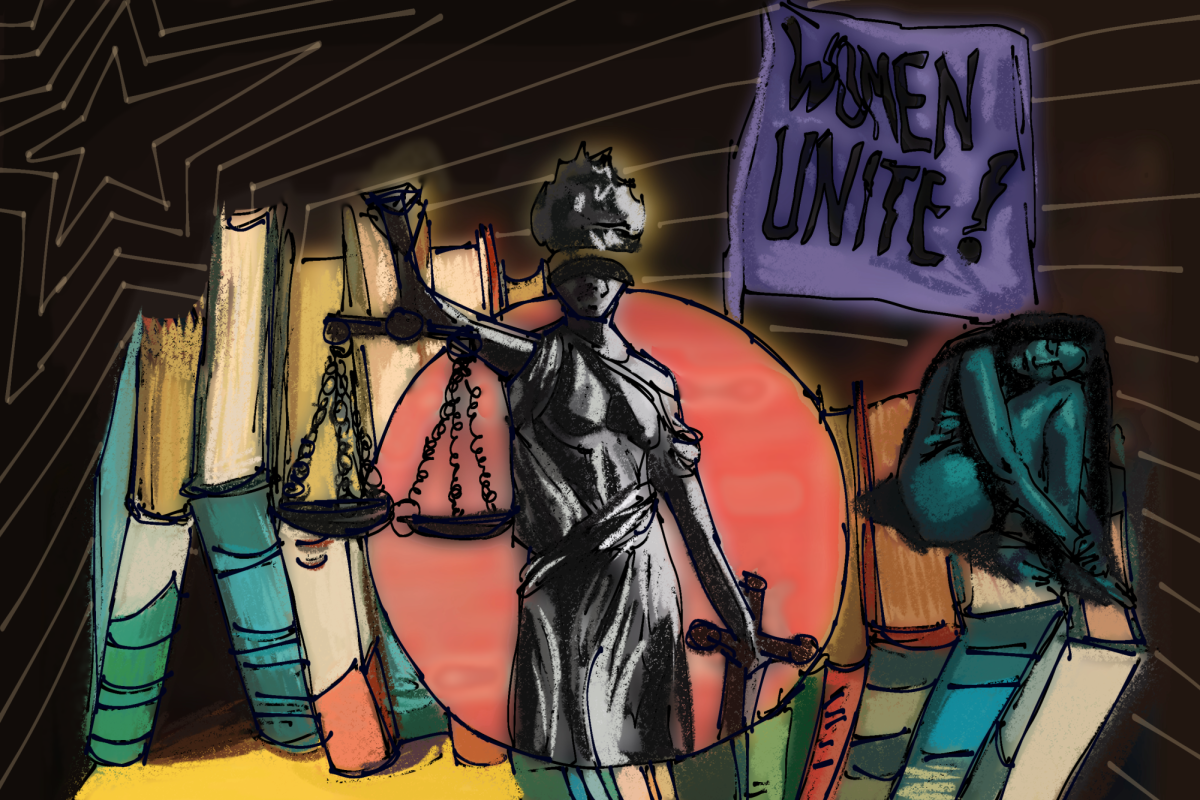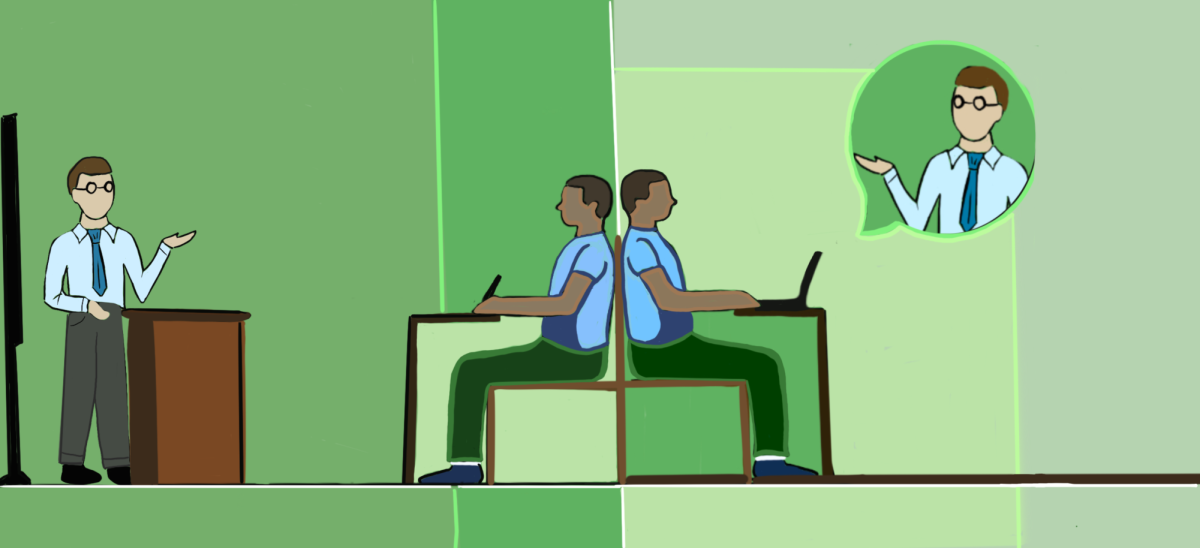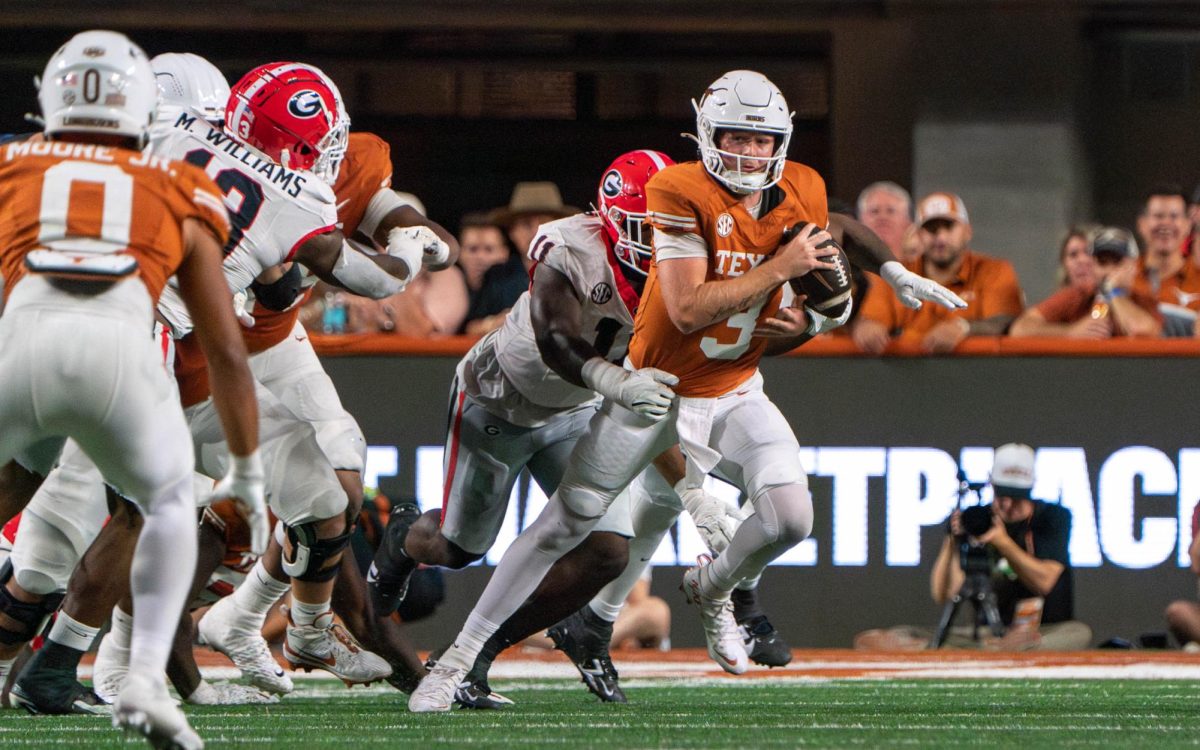What is the first thing that comes to mind when you hear “Homeless Hotspots at South by Southwest?” My initial thought was, “Is SXSW actually advertising where homeless people are hanging out during the conference?” Surprisingly, my thought was not too far from the truth.
Last week, many at SXSW used the phrase “Homeless Hotspots” to describe homeless people who carried Wi-Fi hotspots around the city. A New York-based advertisement agency, BBH, initiated this seemingly unorthodox project to equip the Austin area’s homeless with 4G Wi-Fi devices to offer internet to the public at SXSW. The company paid the homeless participants $20 per day, while the public gave a donation to use the service. The campaign gained national attention and left many wondering whether the idea is a genius one or just another ploy to take advantage of the homeless.
The answer is neither. One side of the debate says that BBH took these vulnerable homeless people and turned them into walking, talking advertisements for a company that does not actually care for them or their future. These critics claim that the program is just one large marketing gimmick that exploits homeless people. One opponent even said that it seemed like digital colonialism.
Although this view seems to be the common immediate response to the program, the history of this advertising company adds some complexity. Homeless Hotspots is not the first homeless campaign that BBH has run. One of its past efforts included giving homeless people in New York City cell phones and Twitter accounts to share their stories through social media. Their previous actions suggest that the claim that this company does not truly care about the homeless may not be well supported.
Others argue that this program actually helps the homeless. Instead of looking at it as exploitation, these proponents perceive the campaign as a business deal where homeless people, who would not typically be employed, have the opportunity to carry out a service for the week. Those supporting the program also argue that the campaign not only gives jobs to the homeless but also allows them to share their stories with others. For example, when a SXSW attendee stops to use a Homeless Hotspot, they must first stand close to the homeless person and second, engage in a conversation to receive the Wi-Fi password. This gives the homeless an opportunity share their personal story with those they encounter. By sharing their stories, homeless people become more relatable to others, which helps discourage those unfamiliar with homeless populations from dismissing them as merely “homeless people” and instead seeing them as individuals who could potentially become friends.
Despite the innovation of Homeless Hotspots, there are some aspects to the campaign that are unsettling. First, the term “Homeless Hotspots” markets humans as electronic Wi-Fi providers. Instead of empowering homeless people by this program, the name implies that the homeless will be exploited to provide the service. Second, the program offers a short-term solution to a long-term problem. This isn’t to say that short-term solutions are always a bad thing, but it’s more than reasonable to assume that most of the homeless that participated in the program will go back to living their ordinary lives after all the publicity and SXSW buzz dies down.
Although the ingenuity of the program is debatable, the issue deserved the attention it received in the media. These conversations bring to light a problem that is rarely discussed yet present in every major city. Instead of using the controversy to criticize one company, the momentum of this topic should be used to bring real solutions to an ongoing problem.
Dafashy is a Plan II senior.

















